Getting to Southern Laos
Pakse is the most popular entry point to southern Laos. There is a small airport that handles domestic flights and a international flights to a few neighbouring cities. Pakse is a long 670km bus ride from Vientiane. Savanakhet is a popular transit stop.
We travelled by public bus from Kontum in Vietnam (see the video above). It was a long, 10 hour ride. It was interesting but pretty rough going.
It's also possible to travel overland from Cambodia into southern Laos.
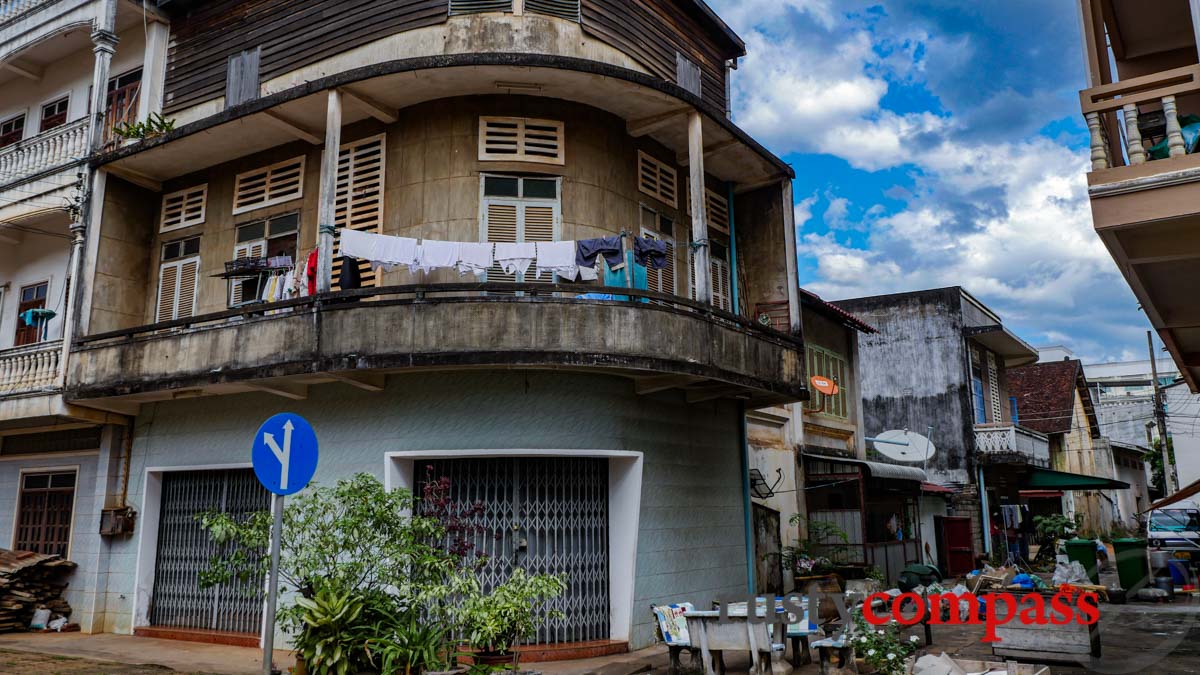
Photo: Mark Bowyer Pakse town, Laos
Pakse
Pakse is the provincial capital in southern Laos. With a population of around 90,000, it's only a small city - but the second largest centre in Laos.
You could make Pakse your base for travel to the Bolaven Plateau and Wat Phou. These are comfortable day trips.
Pakse is also the main base for travel to the 4000 Islands to the south. You should spend a couple of nights in this area. Regular comfortable buses operate the 3 hour ride to Si Phan Don - 4000 Islands from Pakse. Tickets can be organised by your hotel.
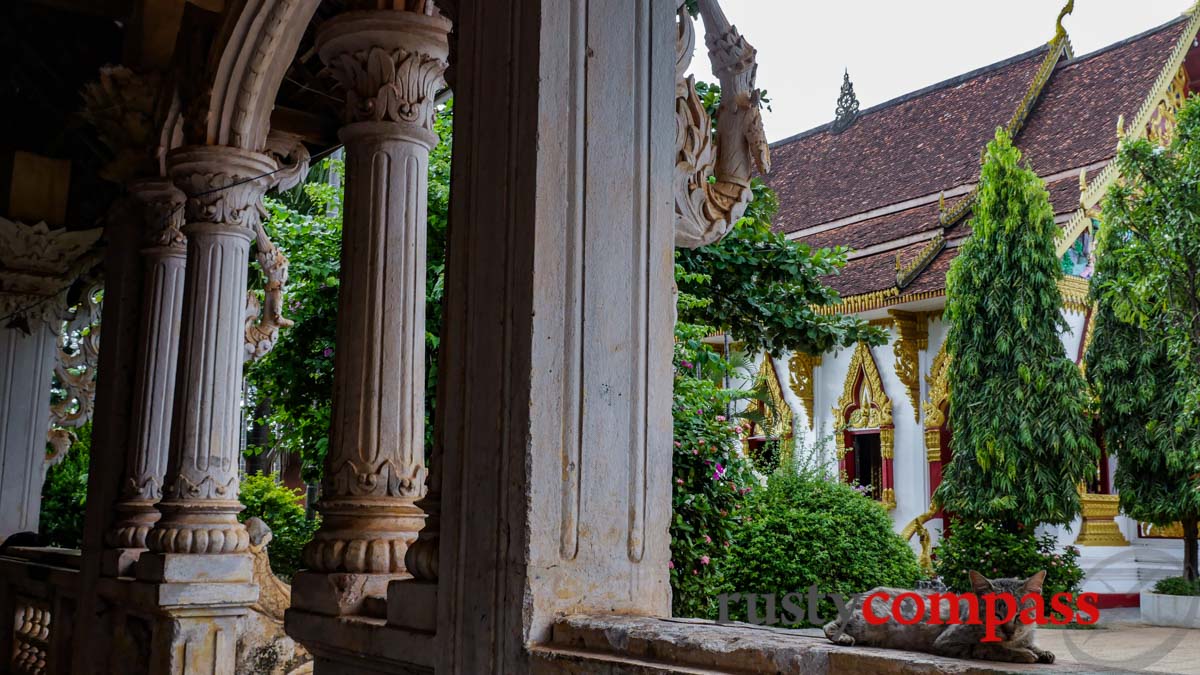
Photo: Mark Bowyer Wat Luang - Pakse town, Laos
Things to see in Pakse
We only spent one full day exploring Pakse. I enjoy exploring regional towns like this. There are always interesting things to discover. In Pakse, the size of the Chinese and Vietnamese communities was a surprise.
Pakse is mainly a base for travel and less interesting than the neighbourhood, so you may be better off using any extra time in Si Phan Don.
If you do end up with some time in Pakse, it's a cute small city with some temples and an appealing vibe. Day trips to Wat Phou and the waterfalls at Bolaven Plateau are probably the most popular things to do from Pakse (see below).
Pakse Provincial Museum has seen better days but we always love checking out small museums in places like this. The museum explores local history, culture and ethnic diversity.
There are a number of temples around town. Wat Luang, on the Mekong, is Pakse's main Wat and it's an atmospheric place for a wander.
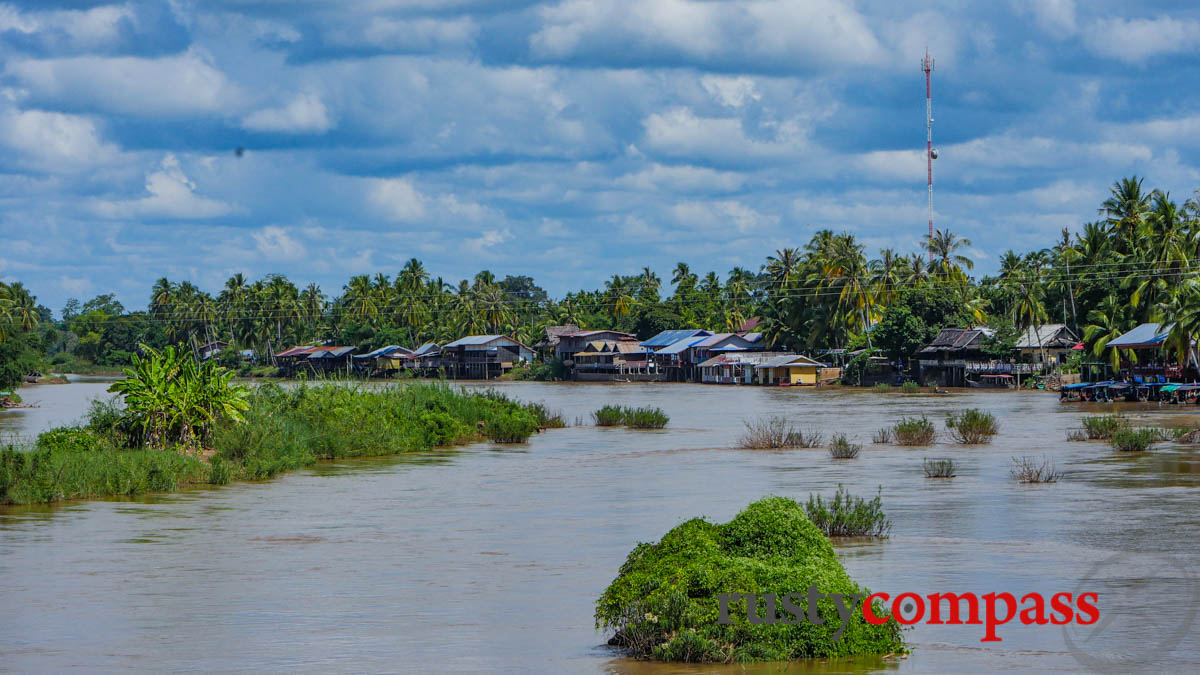
Photo: Mark Bowyer Don Khone, Southern Laos
Bolaven Plateau
The Bolaven plateau is an elevated fertile region of Laos between the Mekong River and the Vietnam border east of Pakse. It's been a centre of coffee production since French colonial occupation. The area was heavily bombed by the US during the Vietnam War.
The plateau is beautiful and best known to travellers for its waterfalls. Backpackers head to Tad Lo and usually stay a day or two. Daytrippers from Pakse tend to head west towards Paksong to the cluster of waterfalls around Tad Fane. Tad Yuang waterfall is also close by.
There are a number of coffee plantations near the waterfalls that travellers can visit to sample some of the local coffee product. It's very good!
We've only done the day trip to this area by car, but motorbike travel from Pakse is also popular. Be careful and check your insurance coverage. This isn't the place to come unstuck on a motorbike.
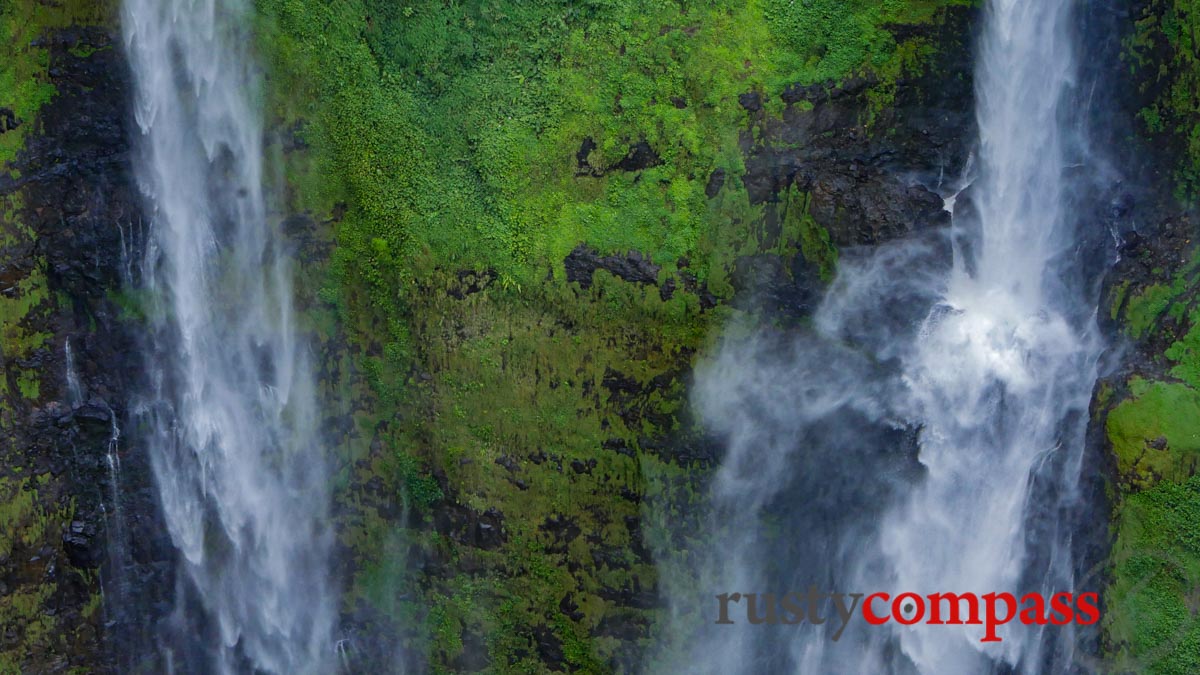
Photo: Mark Bowyer Tad Fane on the Bolaven Plateau
Si Phan Don - 4000 Islands
Si Phan Don may be the most perfect place in South East Asia to experience the beauty, power and fragility of the Mekong River, and the lives that depend upon it. A big part of the appeal of this region is that it still sees relatively few travellers. It's gonna need to stay that way to hold on to its magic - a pressing dilemma.
As a visitor to Si Phan Don, you'll explore the stunning villages and ricefields and some of the larger islands like Don Khone and Don Det. These two islands are where there is some development and where you'll find some accommodation. Cycling and walking are the best ways to get around here. It's blissfully serene and beautiful.
The colonial history of this area is interesting too. The 1860s French Mekong Expedition explored these parts hoping to develop a trade route along the Mekong from southern China through to southern Vietnam. This is where the mission came unstuck. The waterfalls and rapids made the area impassable. The French came back decades later and tried again. The colonial ruins of the second attempt are scattered around the islands and include a bridge, buildings some old locomotives and more.
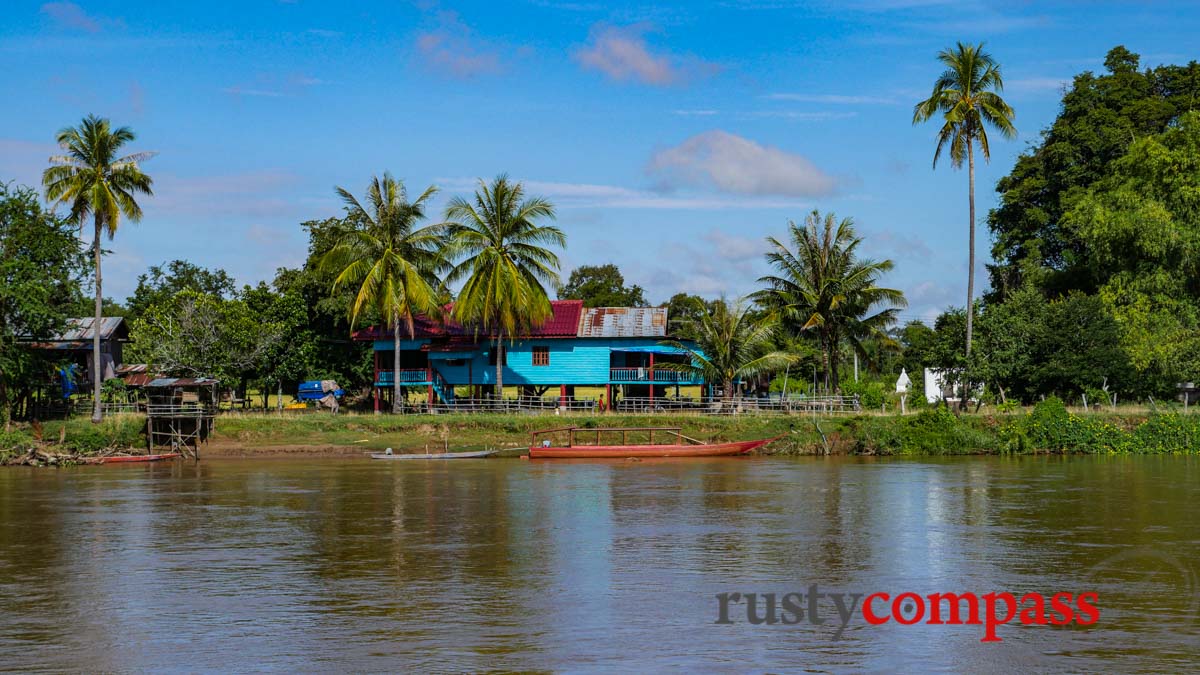
Photo: Mark Bowyer The Mekong - Don Khone, Southern Laos
Khone Phapheng
One of the highlights of the 4000 Islands area is Khone Phapheng - the largest falls in South East Asia. The falls are especially dramatic in wet months and when the Mekong flow is strongest. These days, the Mekong's flow is heavily impacted by dams.
The falls are easily reached by boat from the main island of Don Khone.
We visited in November when the torrent was especially powerful. The force was unforgettable.
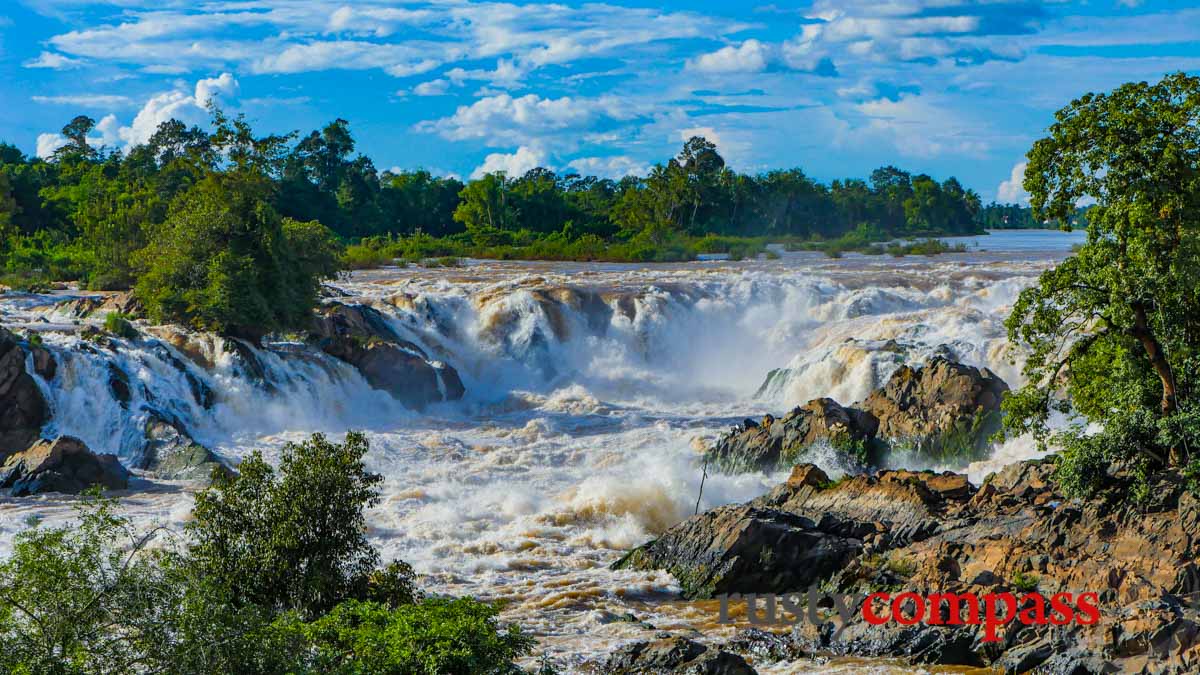
Photo: Mark Bowyer Khone Phapheng, Laos
Champasak
Champasak takes the idea of a laid back Lao town to another level. It's a gorgeous, mellow Mekong town. The big attraction in Champasak is Wat Phou - an Angkorian set of ruins dating from the 11th century. Spend a couple of days absorbing the vibe. Champasak is around an hour by car from Pakse.
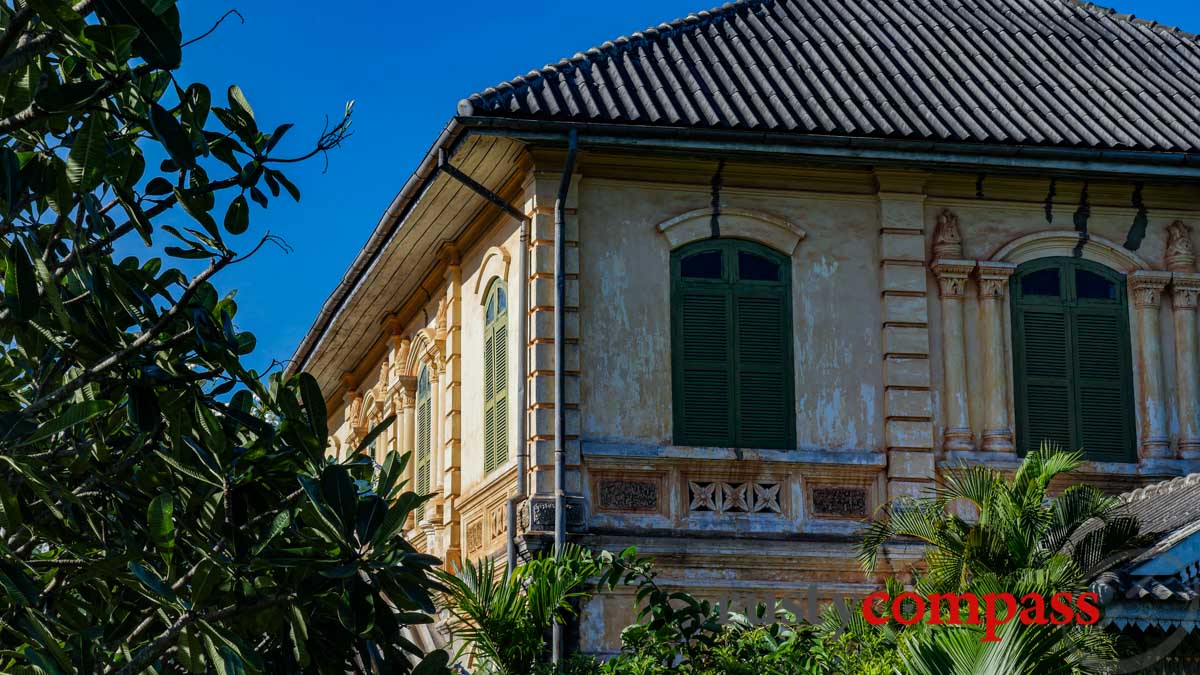
Photo: Mark Bowyer Champasak town, southern Laos
Wat Phou
World Heritage listed Wat Phou is one of several highlights in Southern Laos. These are Hindu ruins from the Khmer Angkorian kingdom and date back as far as the 11th century. There have been temples on the site as far back as the 5th century.
If you've seen Angkor Wat in Cambodia, expect something less grand in scale, but no less atmospheric and beautiful. Don't compare! The setting and the remains are outstanding.
The mountain setting is key. This is why this location retains such reverence and was considered a home of the God Shiva.
Wat Phou is around 10kms from Champasak town and can also be easily reached from Pakse (around 40kms).
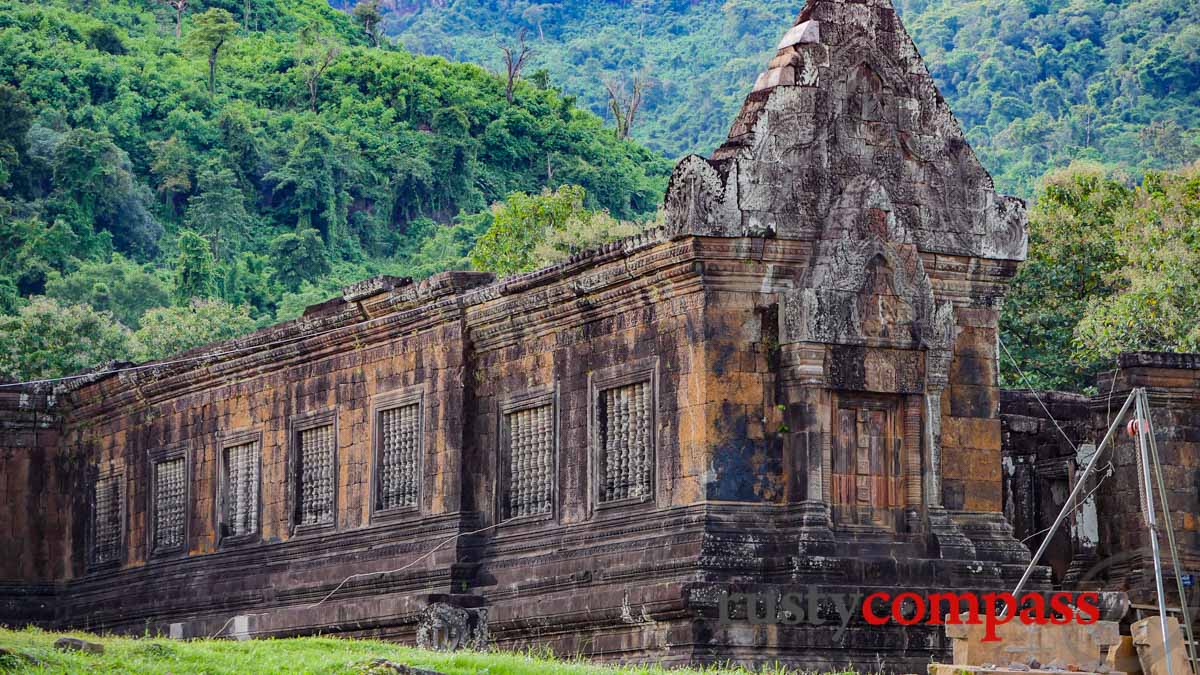
Photo: Mark Bowyer Wat Phou Khmer ruins - Champasak town, southern Laos

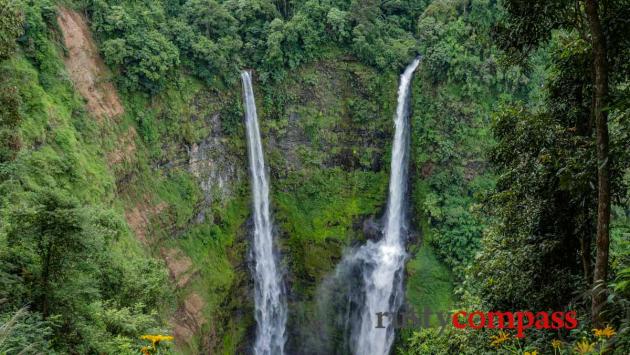
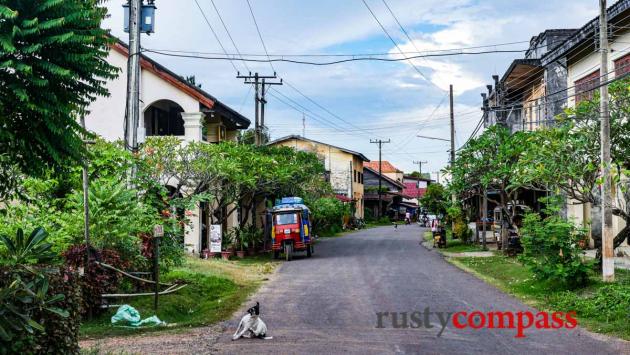
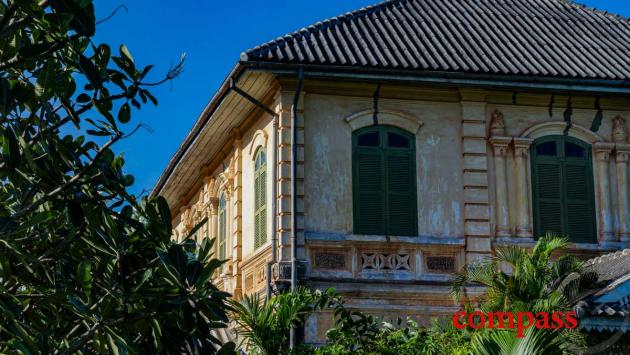
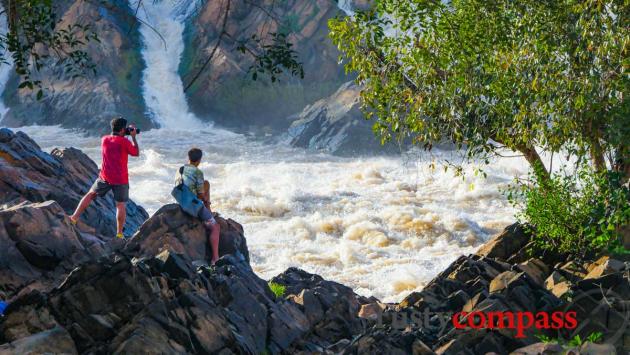
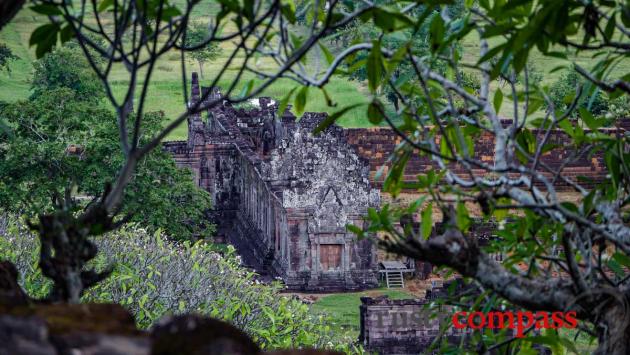


Twitter: @rustycompass
Rusty Compass is an independent travel guide. We’re focused on providing you with quality, unbiased, travel information. That means we don't receive payments in exchange for listings and mostly pay our own way. We’d like tourism to be a positive economic, environmental and cultural force and we believe travellers deserve disclosure from publishers. Spread the word about Rusty Compass, and if you're in Saigon, pop in to The Old Compass Cafe and say hi. It’s our home right downtown on Pasteur St. You can also check out our unique tours of Ho Chi Minh City and Sydney at www.oldcompasstravel.com Make a financial contribution using the link below. Even small amounts make a difference. Thanks and travel well!